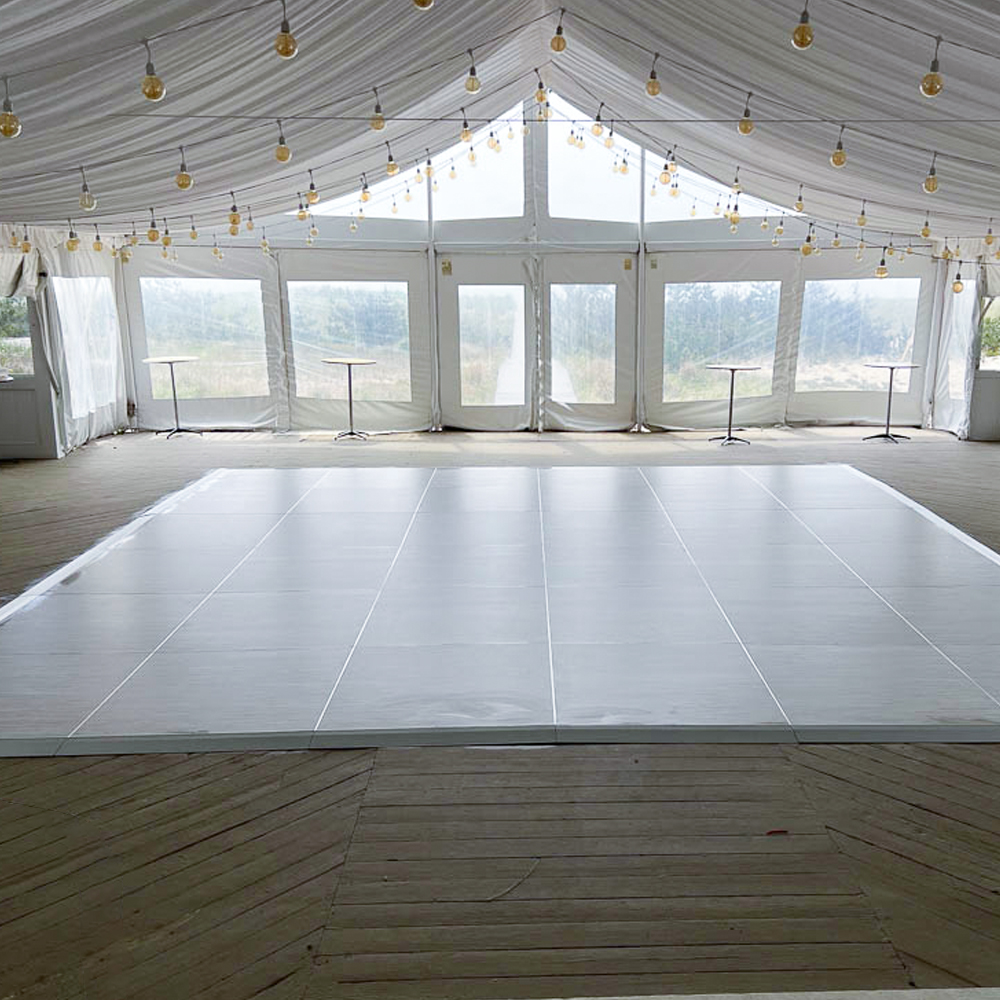Proven Strategies to Maximize the Longevity of Your Dance Flooring
Wiki Article
To preserve a dance surface's longevity, it is crucial to comprehend the materials and composition that add to its strength. Dance surfaces are typically crafted from wood, vinyl, or specialized foam substances. Each type has its own advantages and drawbacks. Timber floors deliver excellent flexibility and shock absorption, rendering them suitable for multiple dance disciplines. Synthetic surfaces are often simpler to clean and can be engineered with slip-resistant surfaces, which is vital for safety. Custom foam floors offer cushioning, which can help reduce injuries. Selecting the appropriate material based on the planned use of the performance floor greatly impacts its longevity.
Regular upkeep is vital for extending the life of a performance surface. This includes sanitizing and restoring the surface as required. For wooden surfaces, it is important to sweep or vacuum consistently to remove debris and grime that can scratch the finish. Additionally, using a protective coating or finish every several years helps shielding against moisture and erosion. Vinyl surfaces should be mopped with appropriate solutions that do not damage the flooring. Keeping a consistent cleaning routine will not only maintain the appearance of the surface but also ensure a safe performance space.

Climate and humidity play a critical part in maintaining a performance floor's condition. Ideal conditions for timber dance performance LED flooring surfaces are generally a temperature between that site 60-80 degrees Fahrenheit and a humidity level of forty to sixty percent. Excessive moisture can lead timber to distort or form fungus, while excessively dry environments can lead to cracking. In spaces where humidity levels fluctuate, it may be advantageous to utilize a humidifier or dehumidifier. For vinyl or cushioned surfaces, ensuring proper airflow can assist in reduce moisture accumulation that might compromise their integrity.
Correct use is another essential strategy for extending the life of a dance floor. It is important to set guidelines for activities that occur on the floor. For instance, stiletto shoes or sharp items should be avoided as they can cause lasting harm. Keeping furniture outside of performance areas also avoids marks and indentations from developing. If the venue accommodates multiple activities, using protective covers during alternative uses can further shield the floor from deterioration.
Finally, periodic professional assessments are an effective way to ensure continuous maintenance of a performance floor. Hiring specialists who specialize in dance surfaces can deliver valuable guidance into possible issues before they become major problems. These professionals can recommend advice on repairs or resurfacing solutions that might prolong the lifespan of the surface substantially. By investing in routine evaluations and adjustments, facility managers can maintain that their dance floor stays safe, attractive, and functional for decades to come.